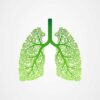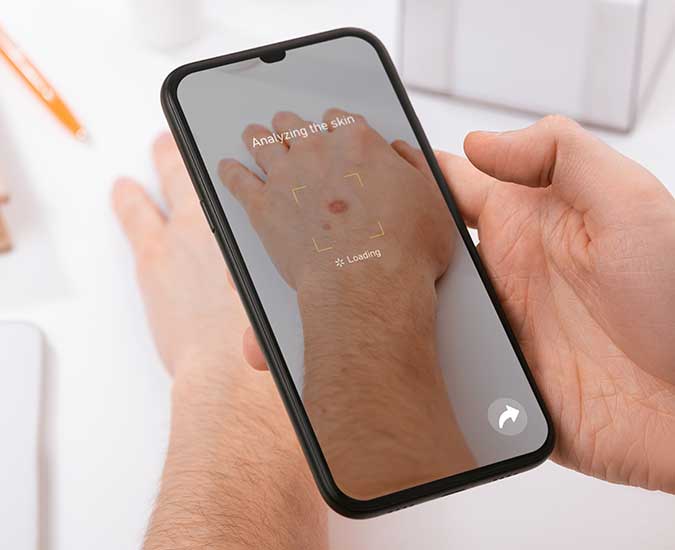Looking towards a future of optimal and equitable data use
The potential for data to ensure greater continuity of care, providing the glue between often disparate providers, is phenomenal. Considerable knowledge can be gained from combining different data sources, including epidemiological, genetic, biological, clinical and socioeconomic data. And the depth of insights we could draw from systematic observation of patients throughout all stages of their care could be transformative, allowing us to achieve truly person-centred care, in real time, for everyone.
Contemplating a world where we make the most of data is an exciting prospect, but it comes with its frustrations, as we look at the systemic barriers that prevent this from materialising. As governments around the world scramble to ‘build back better’ in the wake of the COVID-19 pandemic, we have a real opportunity to take a deep breath and try to address these barriers in a systematic way.
One of the conclusions of our report is that data should be seen as an innovation on equal footing to advances in diagnosis or treatment. Equity of access to data must be a core concern as we move to data-driven healthcare. We need to move from pockets of innovation and build health systems where appropriate collection and use of data are the norm in all settings, and for all patients. Like any major transformation in healthcare, finding usable solutions will require all stakeholders to work together – with patients firmly at the centre.
Find out more about our work on Harnessing data for better cancer care.
The opinions expressed in this blog are those of the author and do not necessarily represent the views of The Health Policy Partnership.





